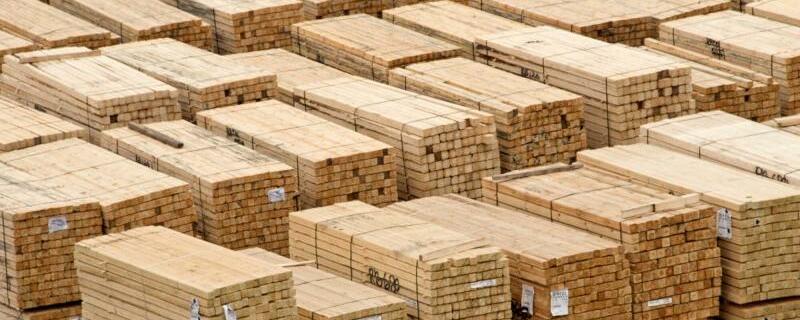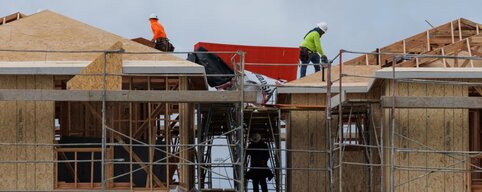

Wood prices persist in their descent, mirroring a steep downturn in the global market. Similar issues plague markets overseas as well as in Europe, with escalating interest rates strangling the housing sector and triggering a severe crisis in construction.
In the U.S., lumber prices dropped to approximately $480 per 1,000 board feet this week due to weak demand, approaching the four-month low recorded on September 21st. Since the peak in July, wood prices have plummeted by 20%. Recent data indicates a decline in U.S. softwood lumber imports from Europe, totaling 428 million board feet in the second quarter. This marks a 30% drop from the record volume of 610 million board feet in the first quarter and a 12% decrease from the same period last year.
Analysts anticipate that European exports to the US will continue on a downward trajectory at least through the third quarter, remaining well below the record levels of 2022. This is attributed to high interest rates, dwindling production, and seasonal effects, as reported by Trading Economics analysts. Naturally, this downturn also influences export prices for wood in Europe, thereby intensifying pricing pressure in the region.
According to macro models by the analyst firm Trading Economics, lumber prices are projected to decrease to about $466/1,000 board feet by the end of this quarter. Over a twelve-month period, analysts estimate wood prices to reach only $408/1,000 board feet. If global wood prices continue to decline significantly, this will undoubtedly impact wood prices in Europe and other markets.
During the peak of the COVID-19 pandemic in 2020 and 2021, soaring lumber prices and other material costs were major contributors to the increased housing costs in the U.S., analysts affirm. These material prices, particularly for lumber, have now reverted to pre-pandemic levels. However, prospective homebuyers and developers now grapple with an entirely new market landscape, characterized by soaring and escalating interest rates significantly driving up property prices.
In the U.S., numerous potential buyers are holding off on purchases until interest rates stabilize. However, real estate activity (both in the U.S. and Europe) is currently exceedingly weak due to the surge in mortgage rates. According to American mortgage lender Freddie Mac, the national average 30-year mortgage rate climbed for the seventh consecutive week to 7.79% in the fourth week of October.
In addition, the Federal Reserve might implement further hikes to the key interest rate before year-end to combat inflation. In March 2022, the interest rate stood at 0%. Following eleven rate hikes, the current interest rate range lies between 5.25% to 5.5%, marking the highest level in 22 years.
Markets reflect economic and political trends, with wood serving as an excellent gauge of sentiment due to its inclination toward extreme price volatility in U.S. stock markets, various analysts suggest. In regular years, lumber prices typically reach seasonal lows as winter approaches and construction activity subsides. However, 2023 is anything but typical, given an aggressive interest rate policy and highly uncertain geopolitical developments.
Analysts emphasize another crucial aspect of the wood market in assessing the situation: "Wood tends to precede other markets temporally because it functions as a highly sensitive barometer for interest rates," serving as a leading indicator for general economic trends.
The drastic price surges from 2020 to 2022 indicated the highest inflation in decades, while the subsequent sharp corrections signaled the new monetary policy stances of the US Federal Reserve (Fed) and the ECB. These price fluctuations in the timber industry over recent years serve as significant indicators of shifts in economic and interest rate policies, according to this assessment.



